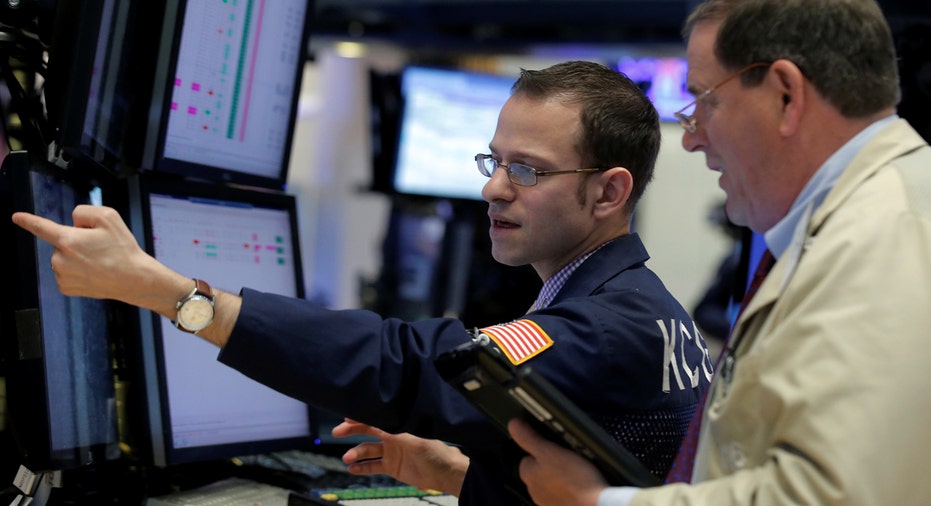Tech Suffers Steep April Losses as Energy Outperforms

The slim gain on the benchmark S&P 500 index this month belies the stark difference in performance between April's top and bottom players
The broader averages managed to squeeze out slight gains for the month as the Dow climbed 0.5%, and the S&P rose 0.27%. The Nasdaq, down four of the last five months, remained stuck in negative territory, closing April down 1.94%.
A deep dive reveals the S&P 500’s energy sector – which has so far been beaten-down by low prices, a supply glut, and global production uncertainty – was the top performer in April, rising more than 8% as oil prices found more solid footing. To that point, U.S. crude closed the session on Friday at $45.92 a barrel, up 19.77% for the month – a far cry from the low $20 range seen earlier in the year. The commodity saw its biggest three-month gain since August 2013.
By contrast, the technology sector suffered the worst declines, dropping 5.8% during the period, followed by losses of more than 3% in telecom and utilities.
Two factors were at play in bringing down the once high-flying tech sector: The market’s return to fundamentals, and more increased focus on first-quarter earnings. Notably, Apple (NASDAQ:AAPL) has seen a significant move lower this month after posting disappointing earnings this week. The stock has suffered a monthly drop of more than 14% and $84.6 billion in market value.
According to data from S&P Global Market Intelligence at the close of Thursday's trading, the S&P 500, which notched slight declines for the month, would have actually traded in positive territory for April if Apple’s volatile price swings were removed. Excluding the tech giant, the index would have posted a gain of 0.77%. The technology sector, by comparison, would have seen a less sharp decline of 3.83%.
“The market was not afraid to punish those companies missing estimates,” Prudential Financial’s Market Strategist Quincy Krosby said. “Estimates had been lowered quite dramatically early on, and those companies could not even beat weakened estimates.”
She continued by saying the market appeared to be moving toward new leadership thanks to a weakening dollar after the Federal Reserve held rates steady this month, and a growing sense that the global economy seems to have stabilized from the uncertainty that hit financial markets in the first two months of the year.
“Industrials have moved into a quasi-leadership position, and you also had some of the energy companies doing well as oil prices continue to rise,” she noted.
Jeffrey Carbone, managing partner at Cornerstone Wealth, added that the market is looking to more conservative, value-type investing at this point as growth in the tech sector and biotechnology have lagged without a major catalyst to push them forward.
He said that jumpstart could come from an historically-unusual period of volatility during the summer thanks to a mid-June referendum overseas in which the UK will vote whether to continue its membership in the European Union, and as expectations heat up for the Fed to raise interest rates for the first time since December at its next meeting.
“It could bring an opportunity to pick up some really great companies. With the market fairly valued and possibly overvalued, it could be a chance to pick up names that will be undervalued based on long-term valuations,” he said.
Krosby echoed that sentiment, saying as the year progresses, the markets will take a more increased focus on economic data as it pertains to the Fed’s decision-making process.
“Interesting that global risk was not highlighted [this month from the Fed], and what was mentioned was the U.S. consumer, spending, and labor market and inflation. So, there will be emphasis in the market of examining the data in light of what the markets think the Fed might do,” she said.



















